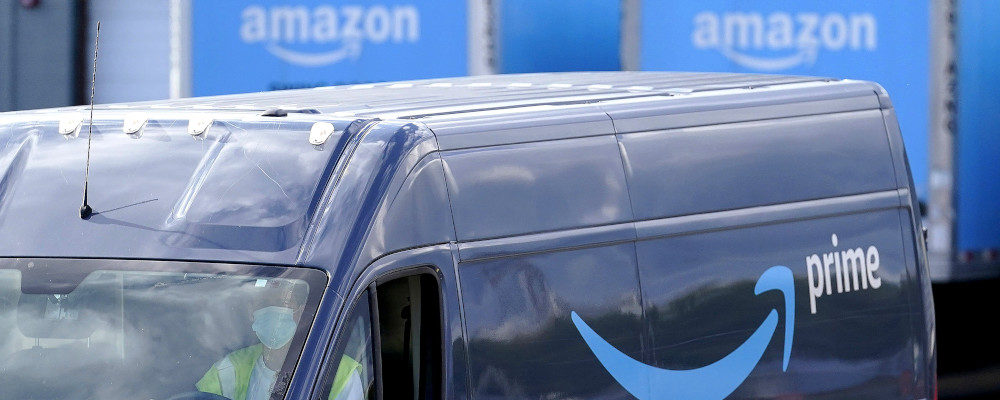The retail industry has always been an evolving landscape driven by perpetual innovation. In the 20th century, early disruptors like Sears and Walmart changed the industry forever by pioneering unique business models.
Fast-forward to the new millennium and technology companies have taken on this role — one that offered a crucial lifeline to many businesses and consumers during the global pandemic.
Unlike previous disruptors, however, this new generation of technology-based disruptors often empowers small businesses rather than displacing them.
To allow this evolution to continue, technology companies need to continue reimagining the retail market without excessive government legislation. By encouraging these companies to grow here, Canada can reposition itself to reap the benefits of becoming a technology-driven service economy.
There is no going back: the advent and dispersion of technology in retail has changed the industry forever, whether through the development and growth of the internet, advances in artificial intelligence and robotics, or the harnessing by both business and consumers of the incredible amount of data that is now available at our fingertips. The internet also accelerated globalization, and with it came a worldwide market for goods and services. Canadian businesses both large and small can now sell their goods around the world to new customers and scale their operations quickly, cheaply and efficiently.
Contrary to some assertions, e-commerce has created a marketplace where companies increasingly work cooperatively: small- and medium-sized companies work with Amazon and Shopify to market their wares, while giants like Walmart partner with smaller businesses like PenguinPickUp to make online shopping more convenient. The result is often smaller players leveraging the resources that larger players offer to help build their competitive advantage.
These technologies were never more important than during the pandemic. With the world shut down, our main way of communicating, educating, searching, shopping and getting help was through technology. Can anyone even imagine a COVID-19-inflicted world without it? How would we have survived?
There is no going back: the advent and dispersion of technology in retail has changed the industry forever.
Now, as we begin to exit the pandemic in earnest, many of the retail adaptations developed during COVID-19 will become permanent features. We will see fewer brick-and-mortar stores as customers and businesses right-size the mix between e-commerce and legacy formats.
Some stores will become pick-up outlets for customers ordering online; others will be further integrated with online and other technologies to enhance the customer experience while keeping customers and staff safe from current and future outbreaks. Touchless retail will become the norm.
Smartphones will allow customers to learn, share, shop and transact as much in store as they do at home. Advanced analytics will serve up relevant product and service offerings in real time before customers even realize that they need them.
Customers will continue to use virtual shopping appointments via videoconferencing as well. And more people will become part-time merchants in the gig economy as they utilize platforms to sell new or used products to supplement their income and monetize a hobby.
This massive change within retail will see Canada benefit from the requisite infrastructure development and resulting job creation. Billions of dollars of investment will be spent, and tens of thousands of jobs will be created to build and operate an adapted supply chain infrastructure. This includes fulfilment centres, warehouses, delivery stations and new smart stores.
New jobs will be created to deliver last-mile parcels and design, manage and operate country head offices for leading domestic and foreign technology companies. The tangible and intangible assets used to buy and sell products in Canada continue to be redrawn by the day.
Regulation plays an important role in protecting society from unlawful behaviour and bad actors; without it, our economy would grind to a halt. But regulation must be shaped carefully to avoid impairing innovation and limiting societal gains from new technologies. Over time, natural market forces of supply and demand will reward winners and weed out those businesses that fail to listen to their customers.
Some of today’s Goliaths will themselves be disrupted in due course through the natural evolution of the retail industry. Sears is perhaps the best example of this timeless dynamic. The once innovative retailer disrupted traditional retail in the early 20th century through its catalogue and large departments that could service urban and rural customers alike through home delivery.
With its massive assortment and low prices, Sears transformed retail — only to eventually fall from grace once discounters like Walmart, Kmart and Target were born in the early 1960s.
If we shackle innovation through excessive regulation, we run the risk of missing out not only on the growth and betterment of retail, but also on becoming a destination for technology firms as they expand and grow their global footprint.




